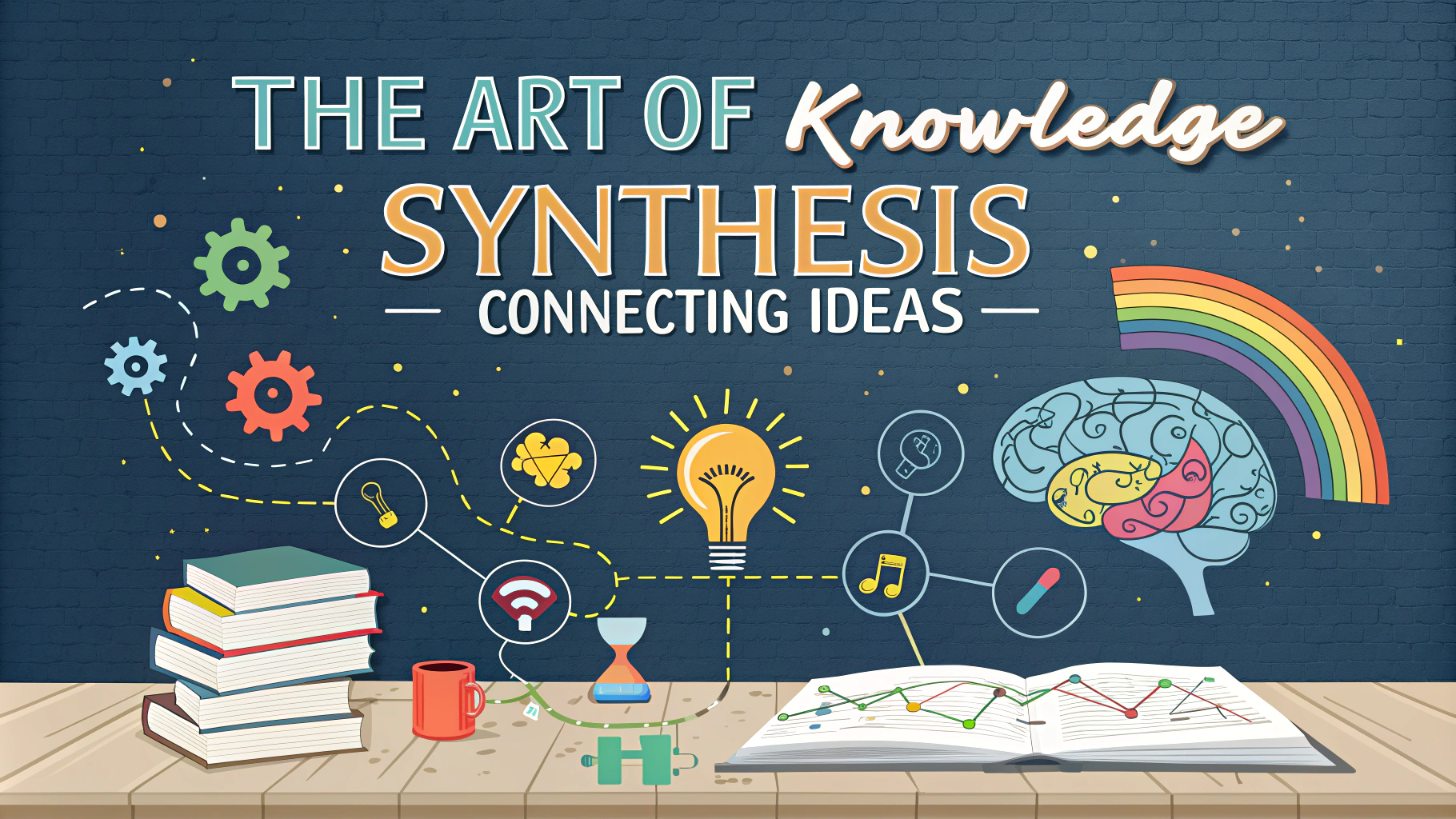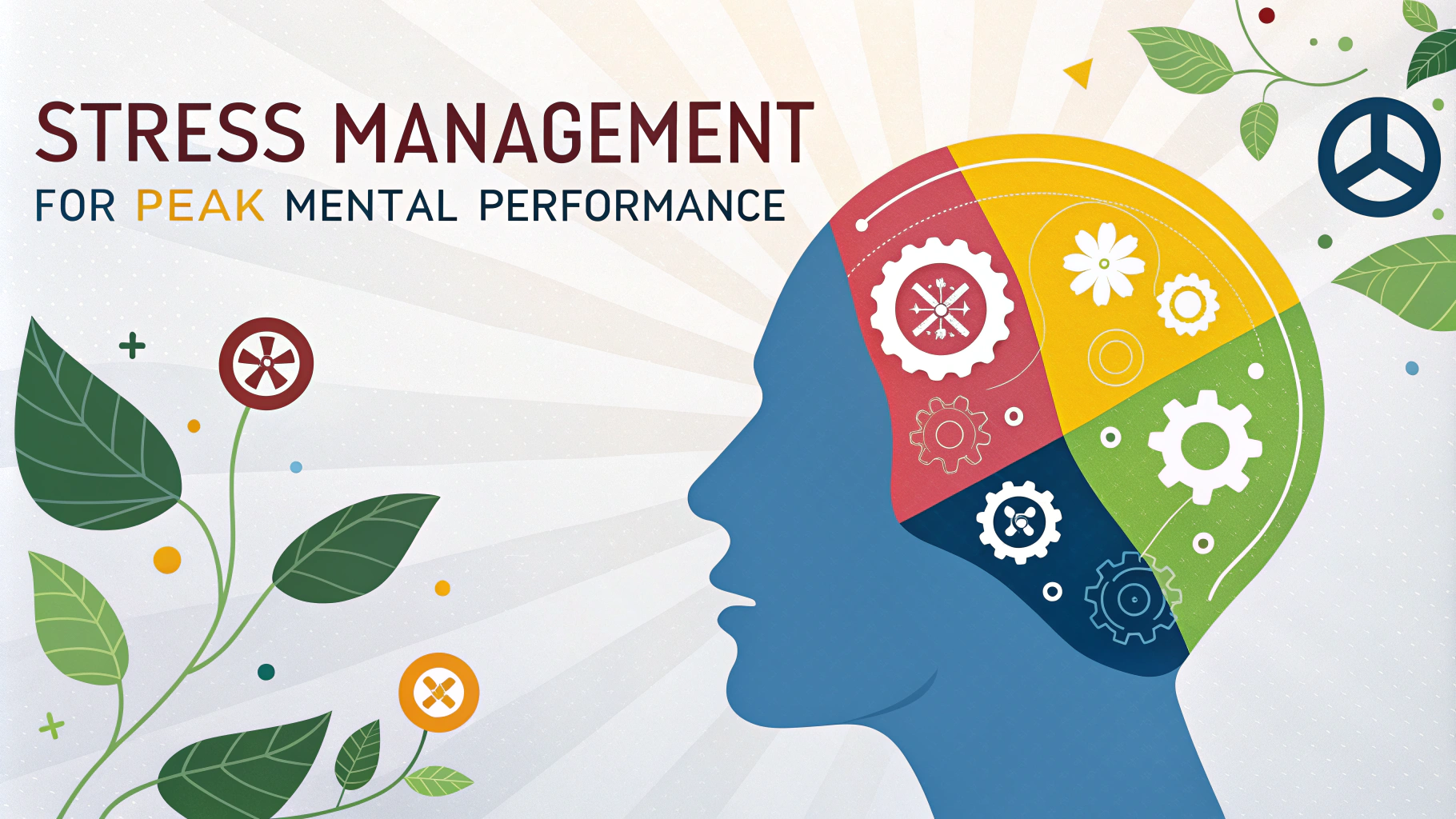Mind mapping transforms complex topics into visual representations that make learning and retention significantly easier.
What Are Mind Maps?
A mind map is a visual thinking tool that connects ideas, concepts, and information around a central theme using branches, colors, and images.
Key Elements of Mind Maps:
- Central idea or topic
- Main branches (primary subtopics)
- Sub-branches (supporting details)
- Colors and images
- Keywords and short phrases
Benefits of Mind Mapping
- Improves memory retention by up to 32%
- Enhances creative problem solving
- Speeds up note-taking
- Makes complex information digestible
- Connects related concepts visually
Creating Effective Mind Maps
Step-by-Step Process:
- Write the main topic in the center
- Draw thick branches for main ideas
- Add smaller branches for supporting details
- Use one keyword per line
- Add colors and images for visual appeal
Recommended Mind Mapping Tools
| Tool | Best For | Price |
|---|---|---|
| XMind | Professional use | $59.99/year |
| MindMeister | Collaboration | Free – $12.49/month |
| Coggle | Beginners | Free – $5/month |
Practical Applications
- Study preparation and revision
- Project planning
- Content creation
- Meeting notes
- Problem-solving sessions
Tips for Better Mind Mapping
- Keep branches curved rather than straight
- Write keywords above branches
- Use different colors for different branches
- Include relevant images or symbols
- Review and revise your mind maps regularly
Contact expert mind mapping trainer Tony Buzan International at www.tonybuzan.com for professional training and certification.
Common Mistakes to Avoid
- Using too many words per branch
- Creating cluttered, disorganized layouts
- Making branches too straight and rigid
- Forgetting to use colors and images
- Not leaving room for expansion
Advanced Mind Mapping Techniques
Cross-Linking
Connect related ideas across different branches to show relationships and enhance understanding.
Multi-Level Organization
- Primary branches for main themes
- Secondary branches for supporting concepts
- Tertiary branches for specific details
Research-Backed Benefits
- 90% faster review time
- Better information organization
- Increased creativity by 50%
- Enhanced analytical thinking
Integration with Other Learning Methods
- Cornell note-taking system
- Spaced repetition
- Active recall practice
- Feynman technique
Conclusion
Mind mapping is a powerful tool that transforms how we process, organize, and retain information. By following proper techniques and practicing regularly, anyone can master this versatile method for enhanced learning and productivity.
Remember that effective mind mapping is a skill that develops over time. Start with simple maps and gradually incorporate more advanced techniques as you become comfortable with the basics.
FAQs
- What exactly is mind mapping and how does it differ from other note-taking methods?
Mind mapping is a visual thinking tool that creates a hierarchical diagram connecting ideas around a central concept. Unlike linear note-taking, mind mapping uses branches, colors, and images to represent relationships between ideas, making it more engaging for the brain and better for memory retention. - What are the essential elements of an effective mind map?
A mind map must have a central image or concept, main branches radiating from the center, sub-branches with keywords, colors to categorize information, images or symbols, and clear connections between related ideas. - Can mind mapping help with memory retention, and how?
Yes, mind mapping enhances memory retention by utilizing multiple brain functions simultaneously – visual processing, association, and spatial awareness. Studies show that mind mapping can improve recall by up to 32% compared to traditional note-taking methods. - What software tools are best for digital mind mapping?
Popular and effective mind mapping software includes XMind, MindMeister, Mindjet MindManager, and FreeMind. These tools offer features like real-time collaboration, cloud storage, and export options to various formats. - How can mind mapping be used for problem-solving?
Mind mapping aids problem-solving by breaking down complex issues into manageable components, visualizing relationships between different factors, generating alternative solutions, and identifying patterns or connections that might not be apparent in linear thinking. - What’s the best way to structure a mind map for learning complex topics?
Start with the main concept in the center, create main branches for major themes or categories, add relevant sub-branches with specific details, use color coding for different types of information, and include images or symbols to enhance visual memory. - How can mind mapping facilitate group brainstorming and collaboration?
Mind mapping in groups allows for visual representation of everyone’s ideas, makes connections visible to all participants, helps organize collective thoughts, and creates a shared understanding of complex topics or projects. - What are the limitations of mind mapping?
Mind mapping may not be suitable for sequential processes, detailed numerical data, or very linear information. It can become cluttered with too much information, and some people may find it challenging to organize information in a non-linear format. - How can mind mapping be integrated with other learning techniques?
Mind mapping can be combined with techniques like the Pomodoro method for time management, spaced repetition for review, active recall for testing knowledge, and Cornell note-taking for detailed information capture. - What’s the scientific evidence behind mind mapping’s effectiveness?
Research has shown that mind mapping engages both hemispheres of the brain, improves creative thinking by 23%, and increases productivity by an average of 20%. Studies also indicate enhanced information organization and better understanding of relationships between concepts.








